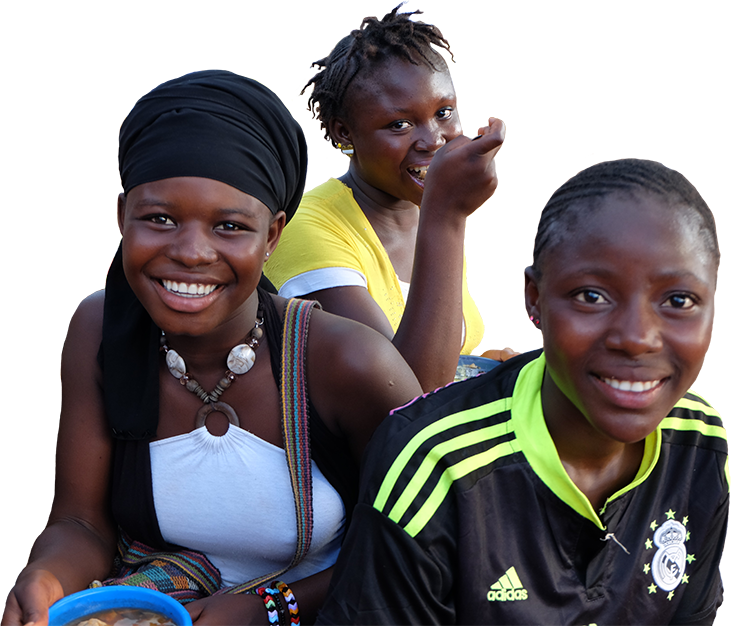Formative research helps us understand the challenges and opportunities that adolescents face, as well as barriers and enablers to behavior change. Routine monitoring is needed to assess progress toward program goals and national targets. Implementation research and evaluations are needed to identify effective approaches. The Adolescent Nutrition Resource Bank includes a variety of protocols and tools for monitoring, evaluating, and researching adolescent nutrition. If you have relevant monitoring, evaluation, or research resources, please send them to info@advancingnutrition.org.
We found 128 resource(s)
Guidance on Appropriate Use and Considerations for Limiting Anemia Testing, Assessment and Screening using Hemoglobin in Public Health Anemia Reduction Efforts for Adolescents
Brief published by Nutrition International in
This brief provides guidance on appropriate use and considerations for limiting anemia testing, assessment, and screening using hemoglobin in public health anemia reduction efforts for adolescents.
Undernourished and Overlooked: A Global Nutrition Crisis in Adolescent Girls and Women
Technical Report published by UNICEF in
UNICEF examines the current status, trends, and inequities in the nutritional status of adolescent girls and women of reproductive age (15–49 years of age). The report considers the barriers adolescents face in accessing nutritious diets, essential nutrition services, and positive nutrition and care practices.
Improving Nutrition during Middle Childhood and Adolescence by 2032: A Research Roadmap
Technical Report published by Emergency Nutrition Network (ENN) in
In 2021, Emergency Nutrition Network conducted a prioritization exercise to help set out a 10-year research agenda to support child and adolescent nutrition (5–19 years of age) in low- and middle-income countries.
VIDEO: Building the Future of Girls: Alive & Thrive Interventions to Improve Adolescent Nutrition in Ethiopia
Video/Animation published by Alive & Thrive in
These videos summarize testimonials from health workers, teachers, and adolescent students who were part of the Alive & Thrive intervention in Amhara; Somali; and Southern Nations, Nationalities, and People's regions of Ethiopia.
Engaging Youth in Food Systems for Improved Nutrition Outcomes
Concept Note published by USAID Advancing Nutrition, Feed the Future in
This concept note proposes categorization of food systems approaches to engage youth, briefly summarizes the state of evidence, and highlights opportunities and knowledge gaps to begin to inform and inspire programming. It also suggests entry points and opportunities for USAID and its partners to continue to contribute to the evidence base…
Nudges to Promote Healthy Eating in Schools: Policy Brief
Policy published by WHO in
This policy brief aims to increase awareness of the opportunities for promoting healthy eating in school settings and proposes action points for decision-makers to implement healthier eating in schools through the use of nudge-based interventions. Small, subtle changes to the physical and social environment can influence a child's prevailing…
Evidence-Based Nutrition Interventions Improved Adolescents’ Knowledge and Behaviors in Indonesia
Journal Article published by MDPI in
The objective of this study was to assess the effect of a gender-responsive package of three interventions on nutrition knowledge, attitudes, and diet and physical activity behaviors among adolescents in Indonesia. The package of interventions was associated with overall greater knowledge, changes in physical activity and iron and folic acid…
Anthropometric Assessment of Nutritional Status in School-Aged Children and Adolescents
Journal Article published by Emergency Nutrition Network (ENN) in
This article discusses anthropometric assessment in school-aged children and adolescents.



